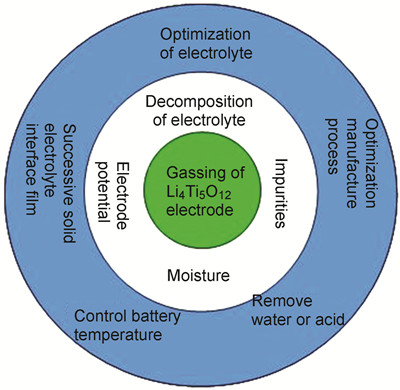 PDF(731 KB)
PDF(731 KB)


 PDF(731 KB)
PDF(731 KB)
 PDF(731 KB)
PDF(731 KB)
钛酸锂基锂离子电池的析气特性
 ({{custom_author.role_cn}}), {{javascript:window.custom_author_cn_index++;}}
({{custom_author.role_cn}}), {{javascript:window.custom_author_cn_index++;}}Characteristic of Gas Evolution in Lithium-Ion Batteries Using An Anode Based on Lithium Titanate
 ({{custom_author.role_en}}), {{javascript:window.custom_author_en_index++;}}
({{custom_author.role_en}}), {{javascript:window.custom_author_en_index++;}}
| {{custom_ref.label}} |
{{custom_citation.content}}
{{custom_citation.annotation}}
|
/
| 〈 |
|
〉 |